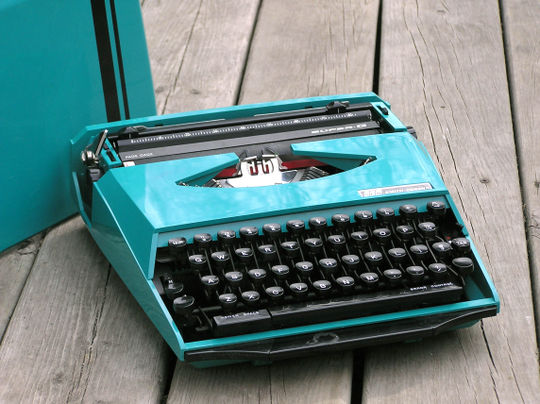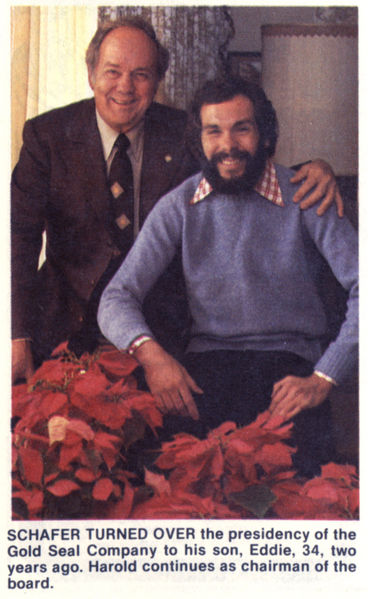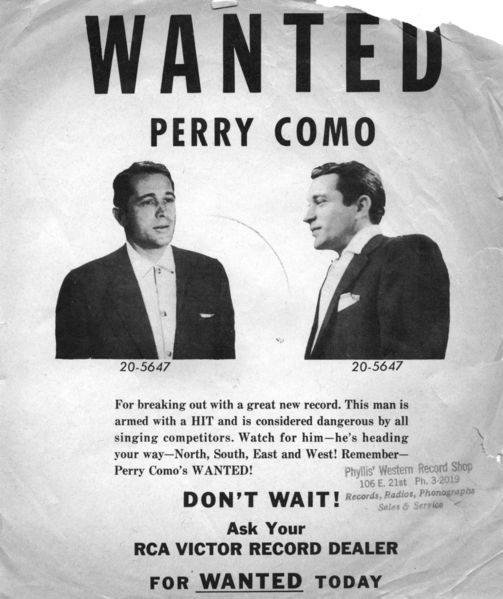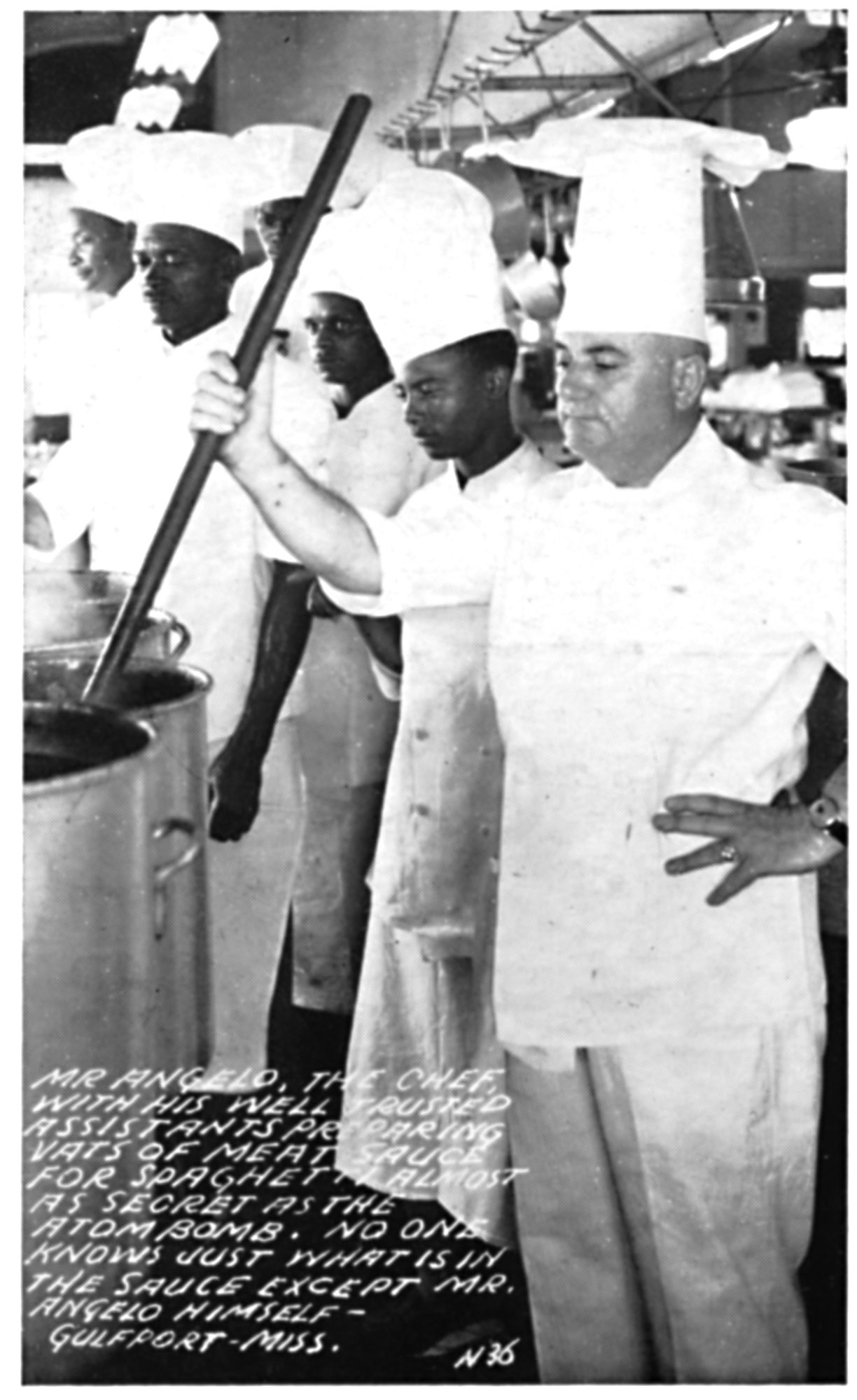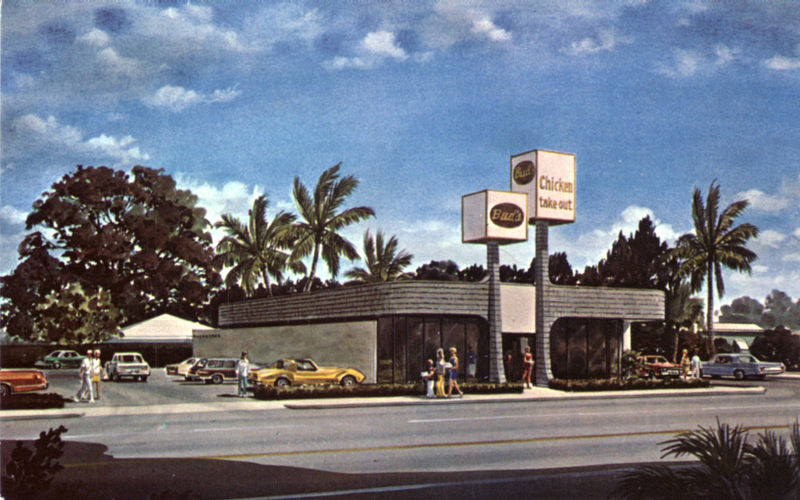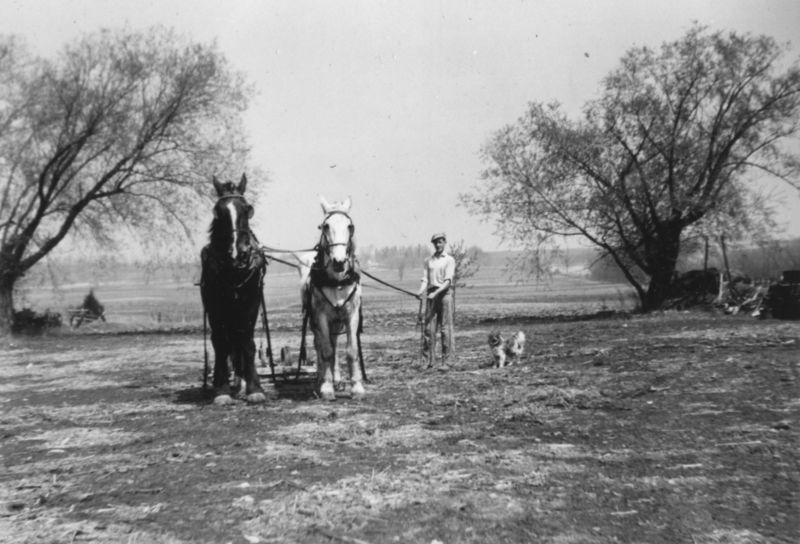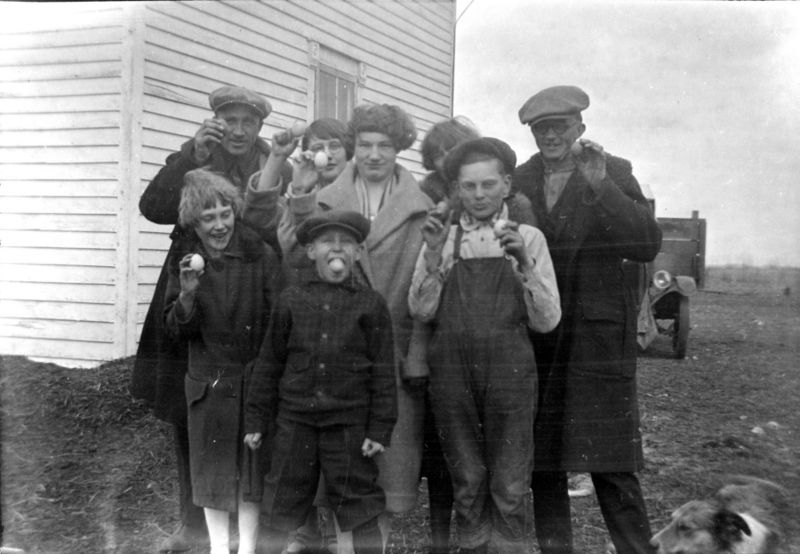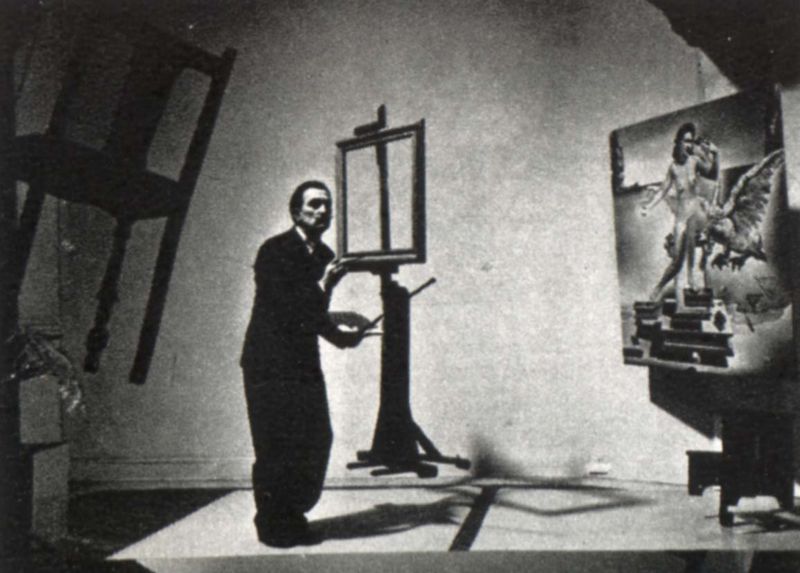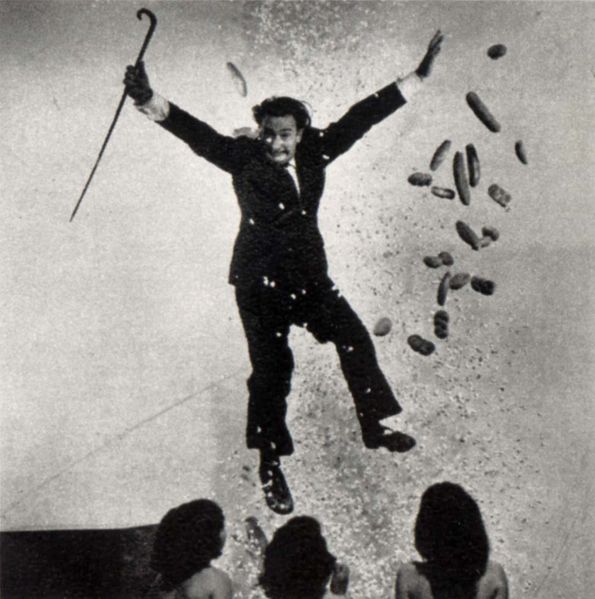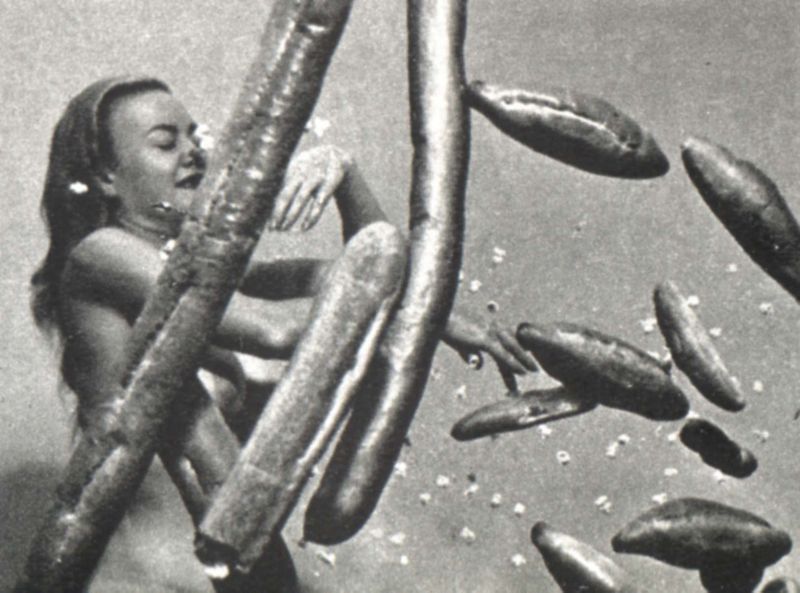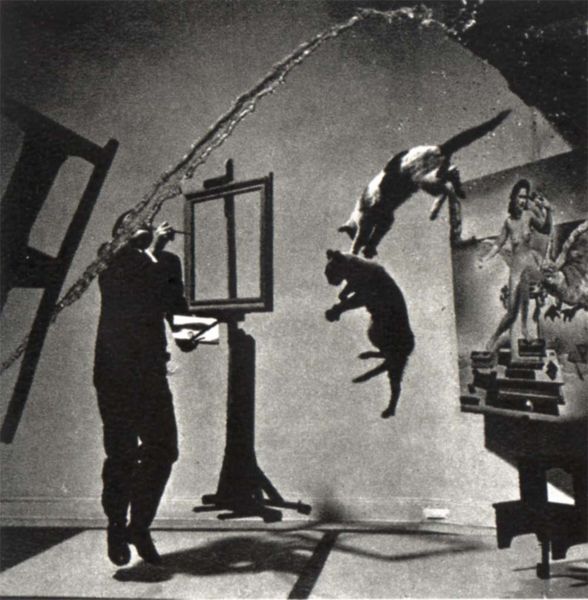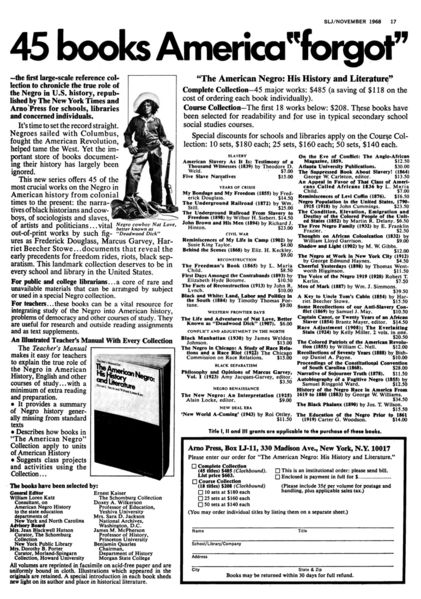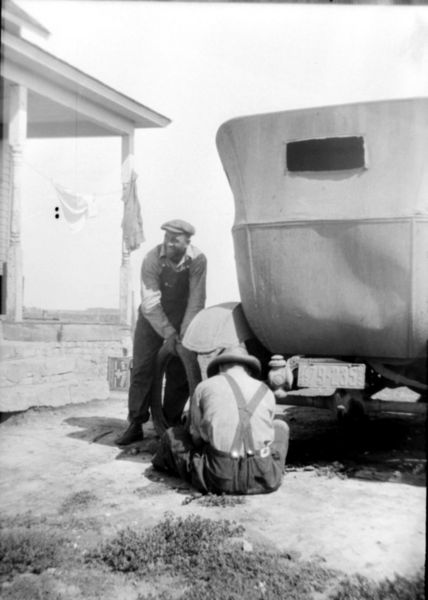 What we see here is the hindquarters of a mid-1920s Model T Sedan. The first clue is the license plate, issued in 1927, but the dented-up body would indicate that the car isn’t right off the showroom floor. Aside from the year, it’s pretty clearly the Ford T Sedan: the fabric top, the under-scooping back end, the fenders all echo the Model Ts of the day.
What we see here is the hindquarters of a mid-1920s Model T Sedan. The first clue is the license plate, issued in 1927, but the dented-up body would indicate that the car isn’t right off the showroom floor. Aside from the year, it’s pretty clearly the Ford T Sedan: the fabric top, the under-scooping back end, the fenders all echo the Model Ts of the day.
In the 1920s, you had to pull the tire off the rim on a regular basis, for the same reason modern bicyclists are skilled at the same task. Car tires of the day had an inner tube, which had a habit of bursting from time to time. It was far more common in the cars than in bicycles, as the Ts covered more land, were heavier, and hit things at faster speeds than a bike. Travelers without a spare tube were in for a tough time. When you’re on a cow-trail road, five miles from anywhere, no phone, no nothing, you had to fend for yourself. These guys were in luck: they were close to a house, and probably the advantage of a full toolkit from the farm’s shop. They both also look familiar with the process, and probably had it done lickety-split.
A sidenote on the Model T itself: As these photos are from Western Minnesota, this car was probably assembled, by hand, at the Ford Manufacturing Plant in Fargo, North Dakota. In the 1910s, Ford’s expanding influence meant that they could no longer economically manufacture cars in Detroit and ship them by rail — assembly plants were built all around the nation 1914, building cars for their local region. Fargo’s opened in 1914 and was going full-steam by the time the car above was sent out into the Red River Valley’s prairie farmland.
